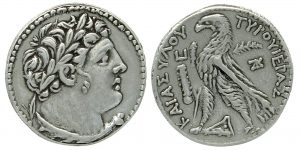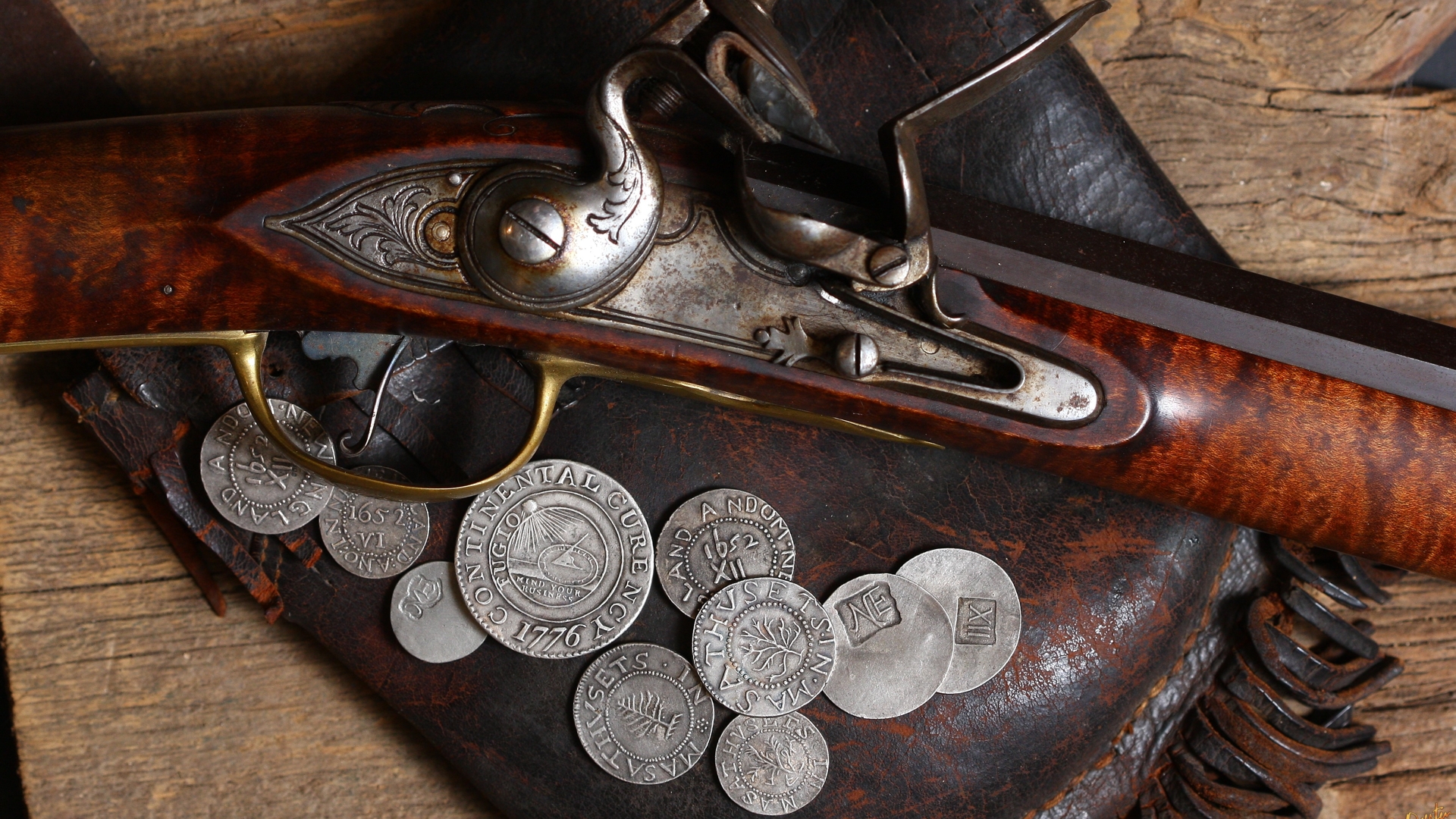 The Shekel of Tyre was significant in the economic and religious contexts of Jesus’ era. Originating from Tyre, an ancient Phoenician city, this coin was highly valued throughout the Levant for its high silver content, gaining widespread acceptance and demand.
The Shekel of Tyre was significant in the economic and religious contexts of Jesus’ era. Originating from Tyre, an ancient Phoenician city, this coin was highly valued throughout the Levant for its high silver content, gaining widespread acceptance and demand.
The depiction on the Shekel of Tyre was emblematic of Tyrian culture and its economic influence; it typically featured the head of Melkart, akin to the Greek god Hercules, on one side and an eagle on the other, symbolizing Tyre’s maritime and commercial supremacy.
Crucially, the Shekel of Tyre was integral to the Jewish faith as the mandated currency for the Temple tax in Jerusalem. Jewish law required that every male Jew above the age of twenty pay a half-shekel tax yearly for the Temple’s upkeep. The Tyrian shekel’s consistent purity made it the preferred currency for this tax, embedding it deeply in the religious and economic practices of the time.
One notable event from the New Testament that illustrates the significant role of the Shekel of Tyre during Jesus’ lifetime involves Peter and a miraculous fish catch. According to the Gospel of Matthew, Jesus instructed Peter to go to the lake, cast a line, and open the mouth of the first fish he caught to find a coin. This coin was to pay the Temple tax for both Jesus and Peter. Scholars have often suggested that this coin was a Shekel of Tyre, given its prevalent use for such payments due to its high silver content and the requirement of the Temple tax. This event underscores the Shekel of Tyre’s role in fulfilling religious obligations and demonstrates its significance in the miraculous and teaching moments recorded in the Christian Scriptures.
Additionally, the narrative of Judas Iscariot’s betrayal of Jesus for thirty pieces of silver implicates the Shekel of Tyre, presumably Tyrian shekels, because of their significant value and everyday usage in large transactions. This incident further ties the currency to crucial biblical events, highlighting its importance beyond mere economic exchange.
In summary, the Shekel of Tyre was more than just currency; it was a pivotal element in Judea’s socio-economic and religious life during Jesus’ time. Its role in the Temple tax and its presence in significant New Testament stories reflect its profound impact on the period’s cultural and religious practices.

